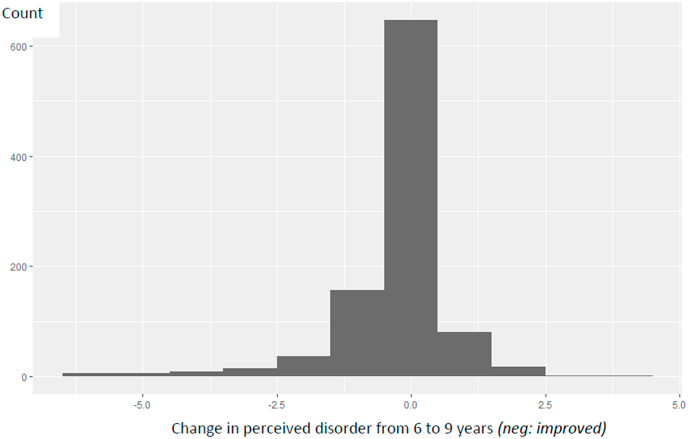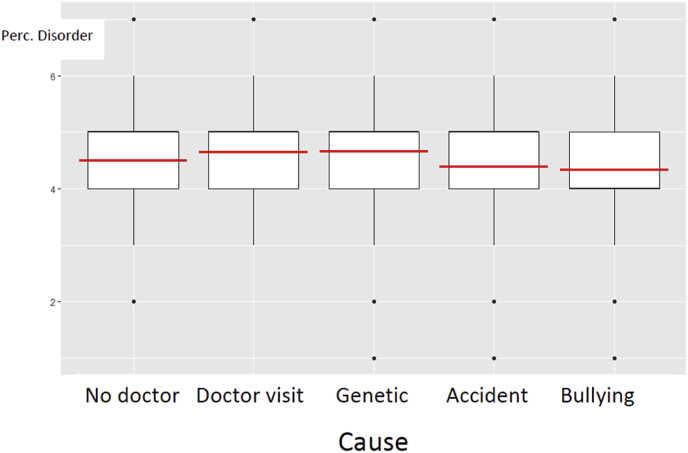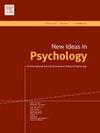Causes or Cures: What makes us think of attention issues as disorders?
Abstract
Are attention issues disorders or not? Philosophers of medicine have tried to address this question by looking for properties that distinguish disorders from non-disorders. Such properties include deviation of a statistical norm, a loss of function or experienced suffering. However, attempts at such conceptual analysis have not led to a consensus on the necessary and sufficient conditions for the application of the concept of disorder. Recently, philosophers have proposed an experimental approach to investigate in which circumstances people think a specific concept is applicable. Here we present a quantitative vignette study investigating whether disorder attribution depends on the perceived cause and the perceived type of treatment for an attention problem. The results of our study indicate that the attribution of a disorder decreased when the attention problem was understood as caused by bullying (social environmental cause) or by an accident (non-social environmental cause) rather than a genetic cause. When prescribed a pill, attention problems were considered a disorder to a larger extent than when the child was prescribed an environmental treatment. Our study also suggests that whereas successful environmental treatments will not necessarily decrease the disorder attribution, successful pharmacological treatments will decrease the likelihood that a person is thought to still suffer from a disorder after receiving the treatment.




 求助内容:
求助内容: 应助结果提醒方式:
应助结果提醒方式:


